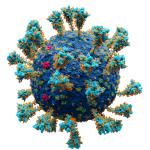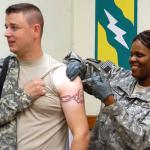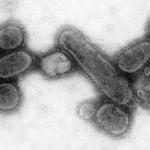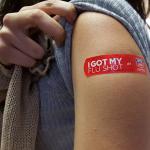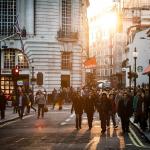Although shared long before Citizen Kennedy became Secretary Kennedy, the following tweet has not aged well.
vaccine hesitancy
When I was in elementary school, I remember going to the county health department before every school year. There were many other kids there, and we were all there for the same reason: shots.
I spoke with John Batchelor on-air recently about the important topic of the ongoing measles outbreak in the U.S.
Armando Simón, a retired psychologist, attempted to rebut an
Flu and COVID-19 are examples of respiratory diseases that require repeated vaccine boosters to prevent illness.
The flu season, which is about to rev up in the U.S.
The vaccination rates for COVID-19 are plateauing; there is no concern, at least in the US, over supply, no lack of public service announcements, no financial barriers.



